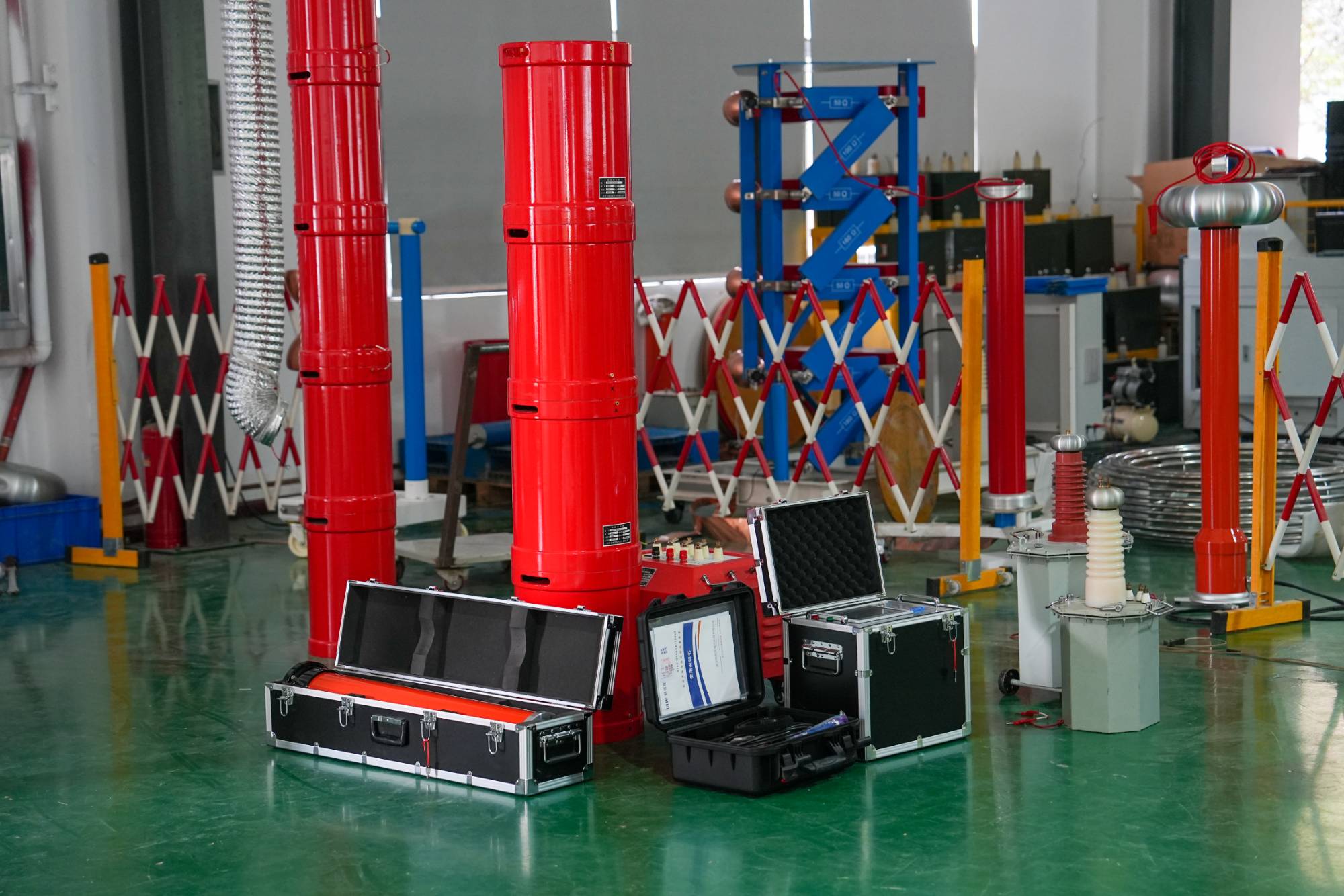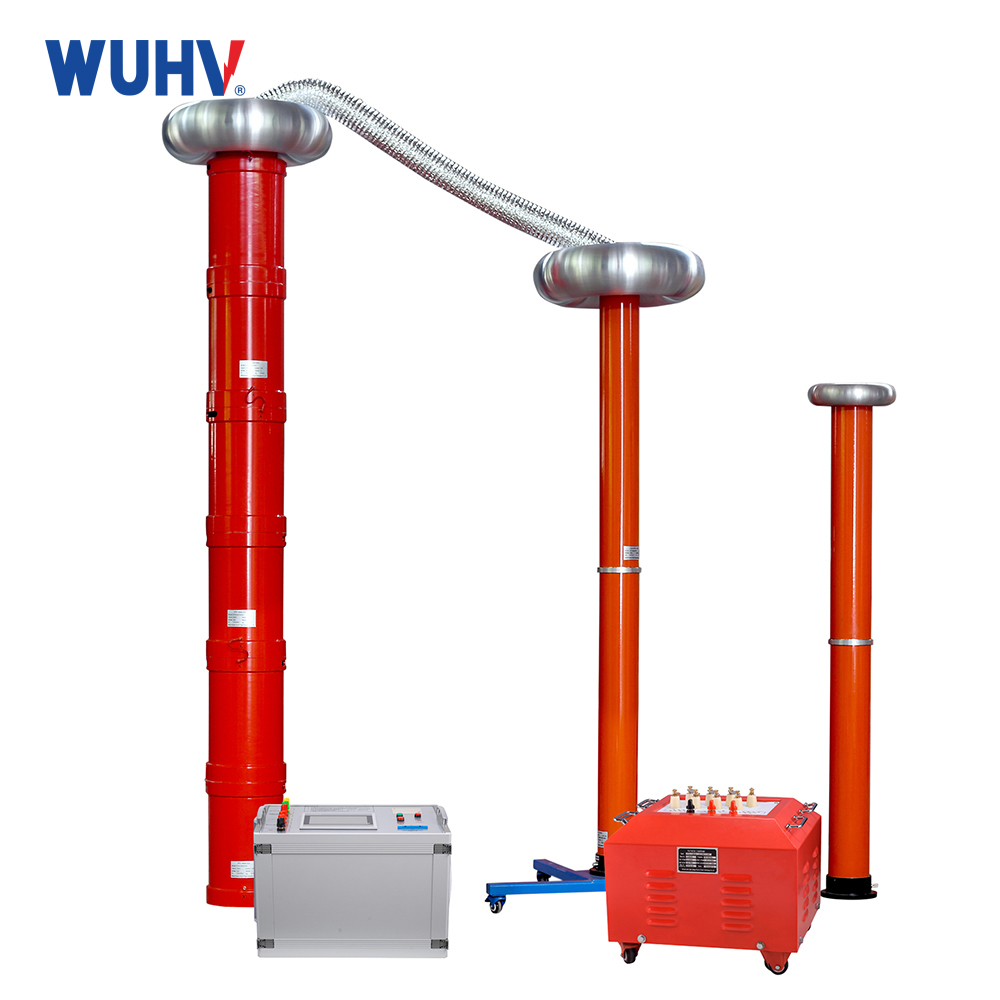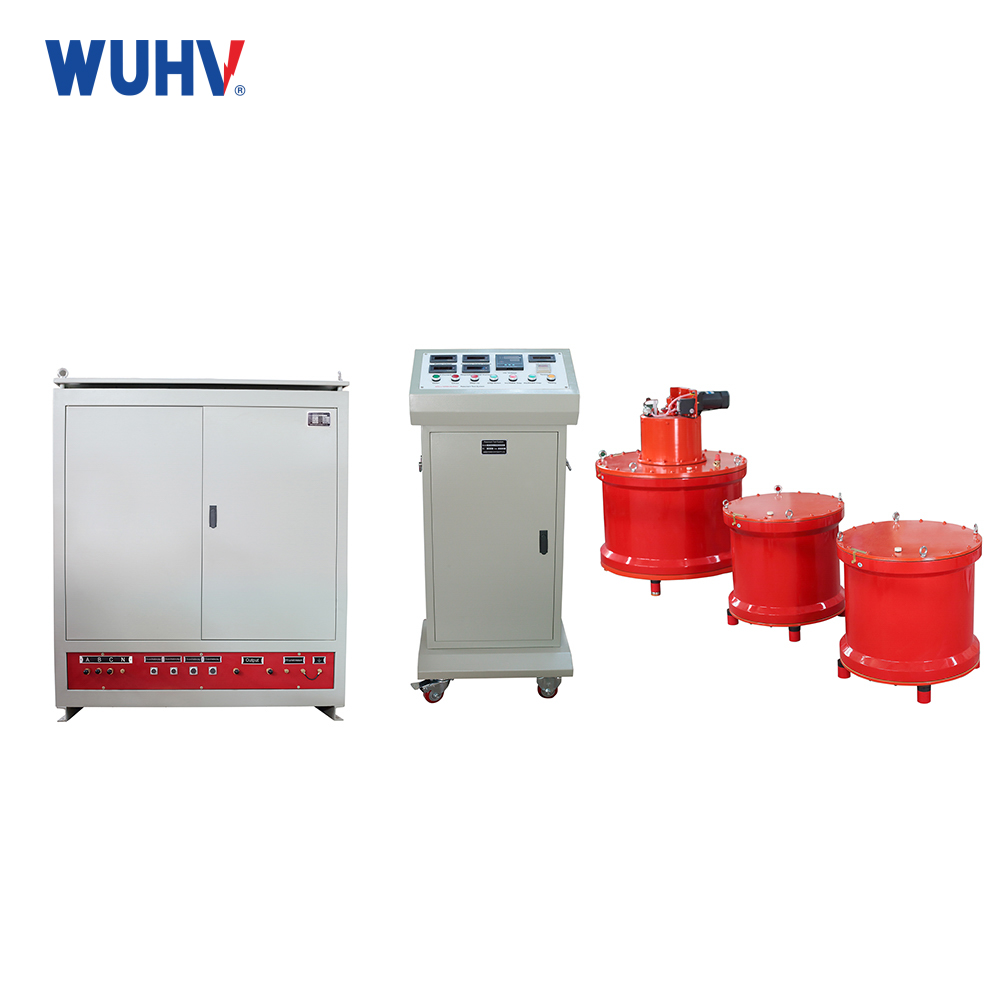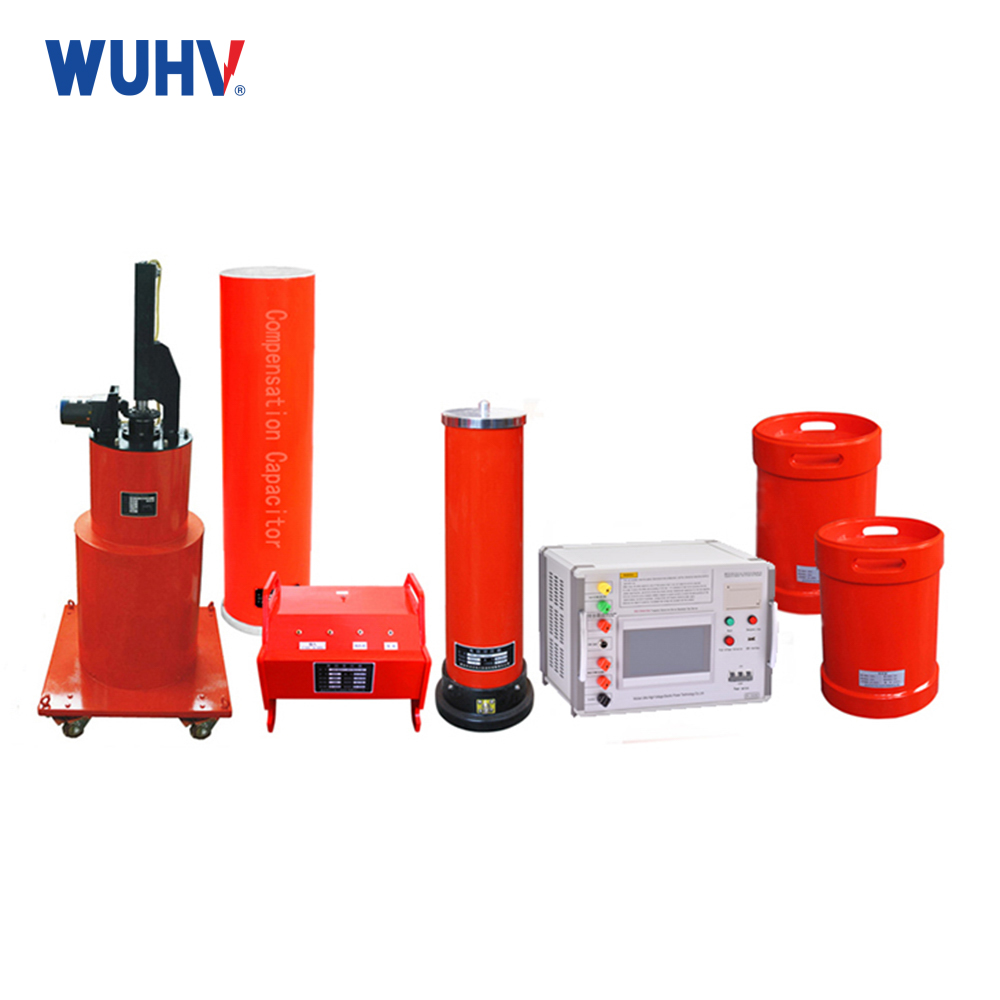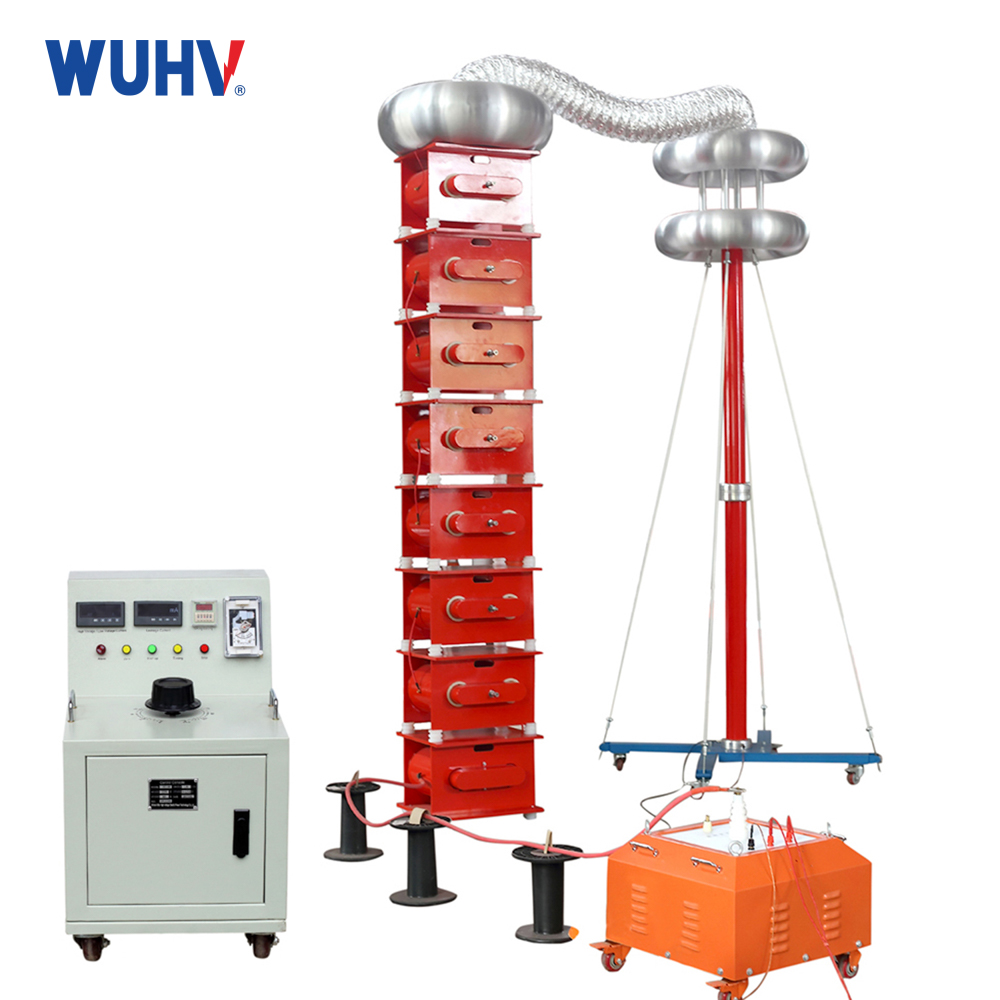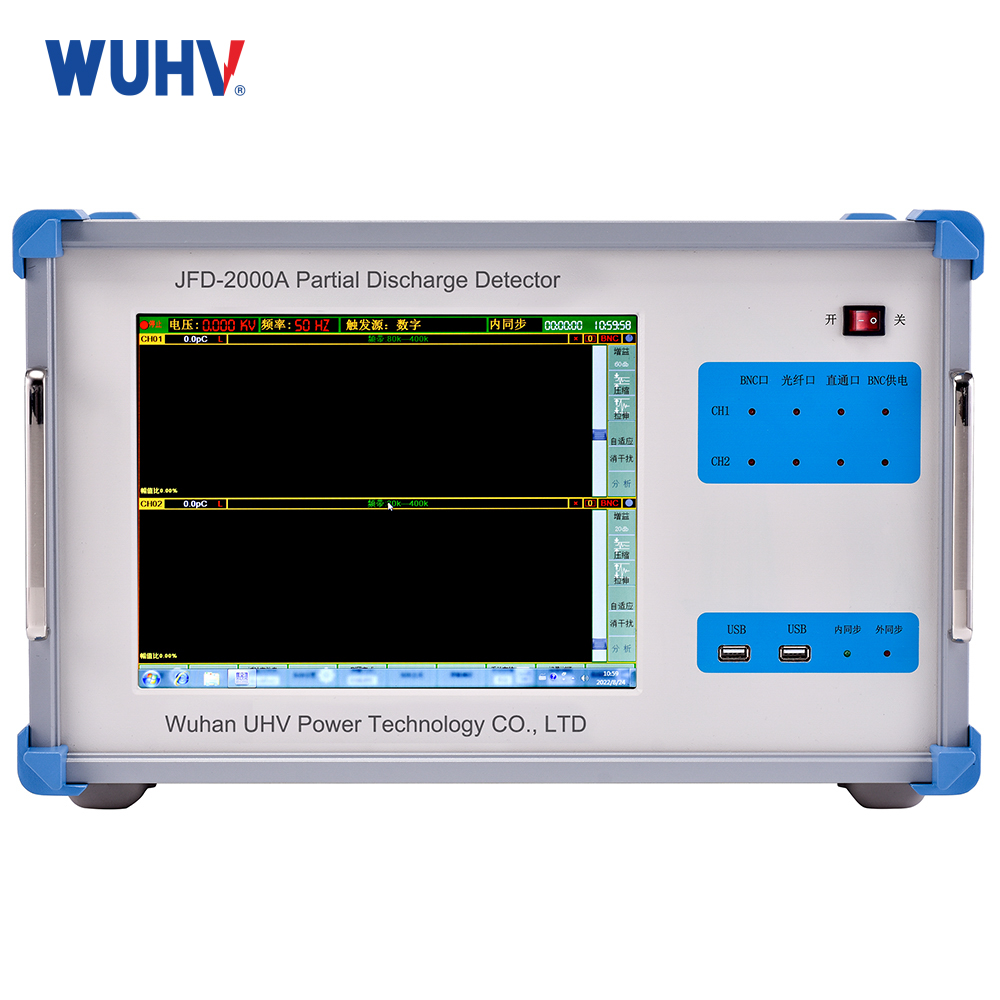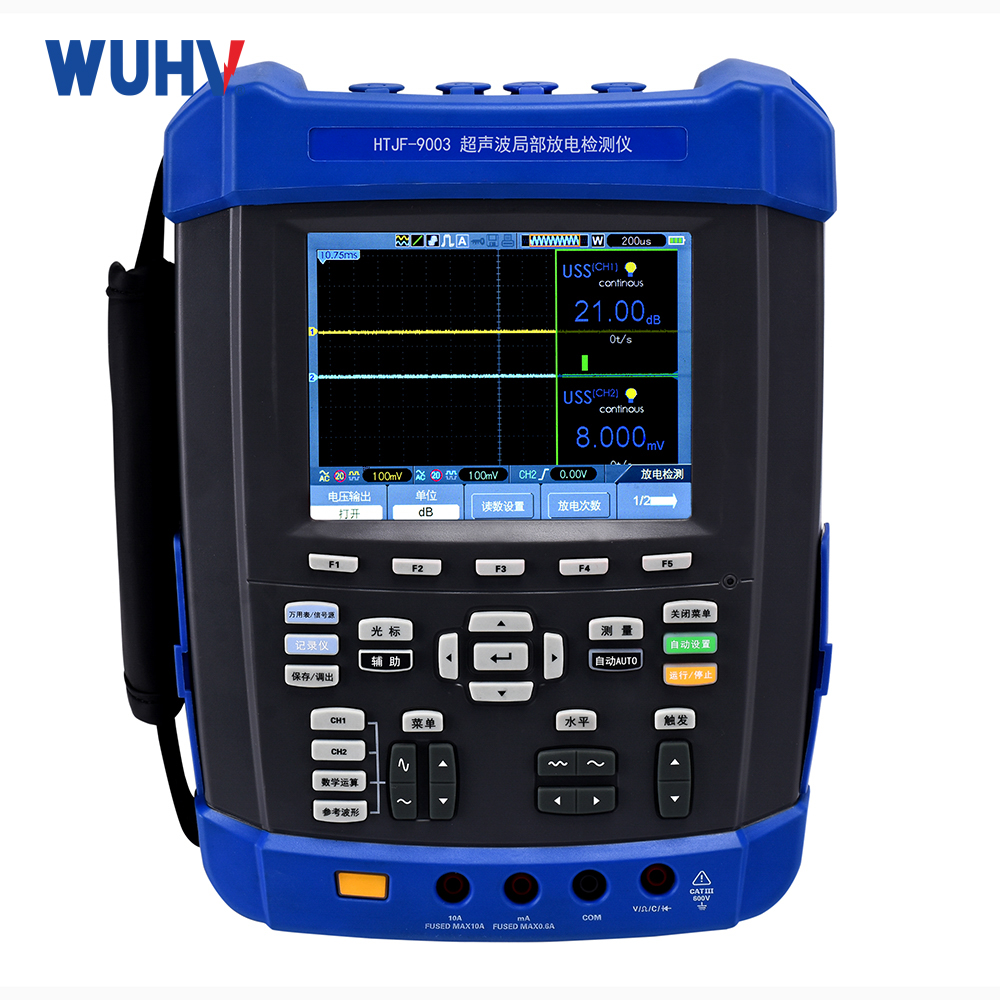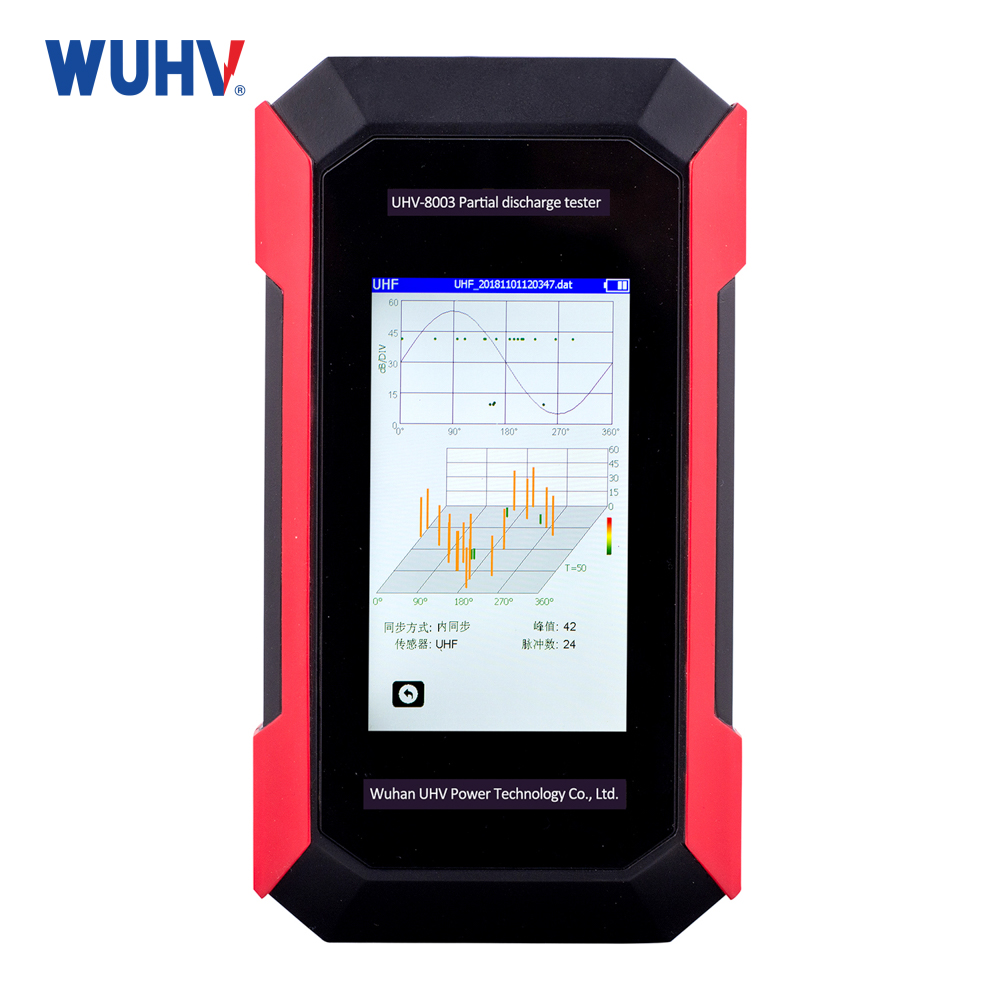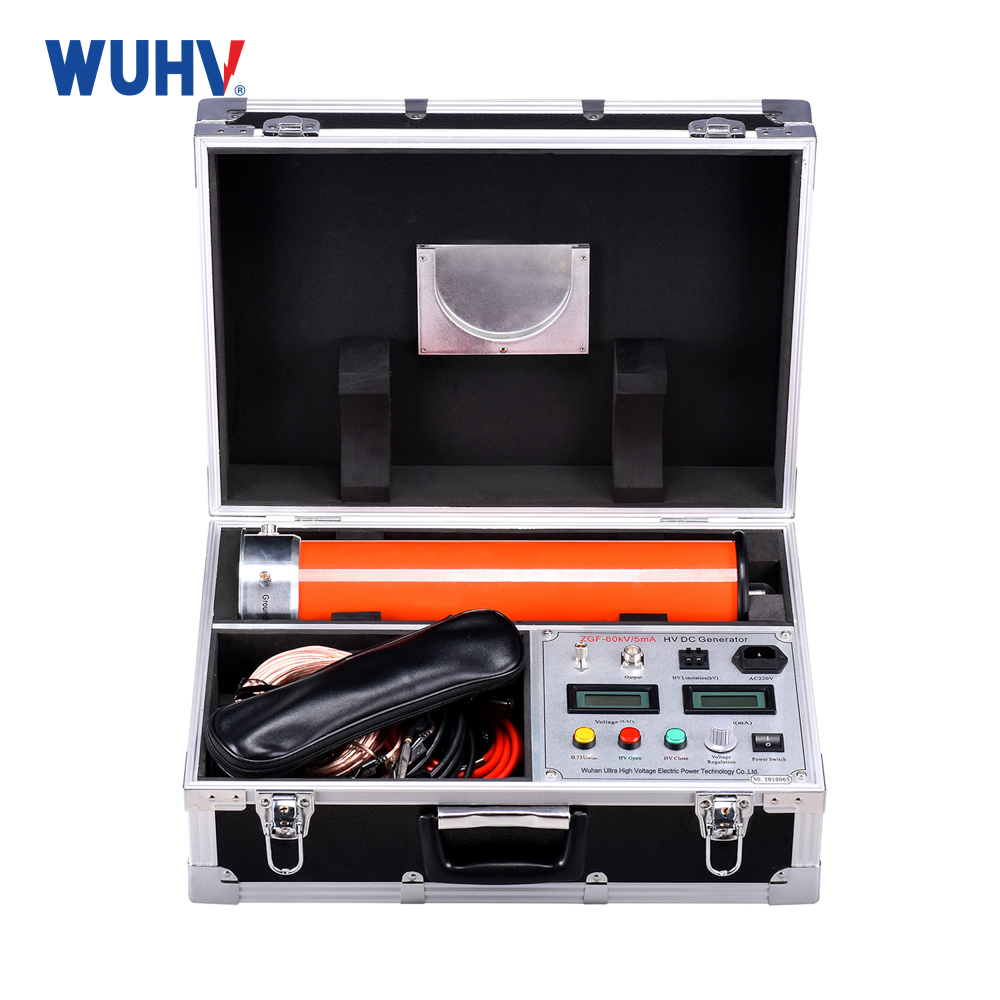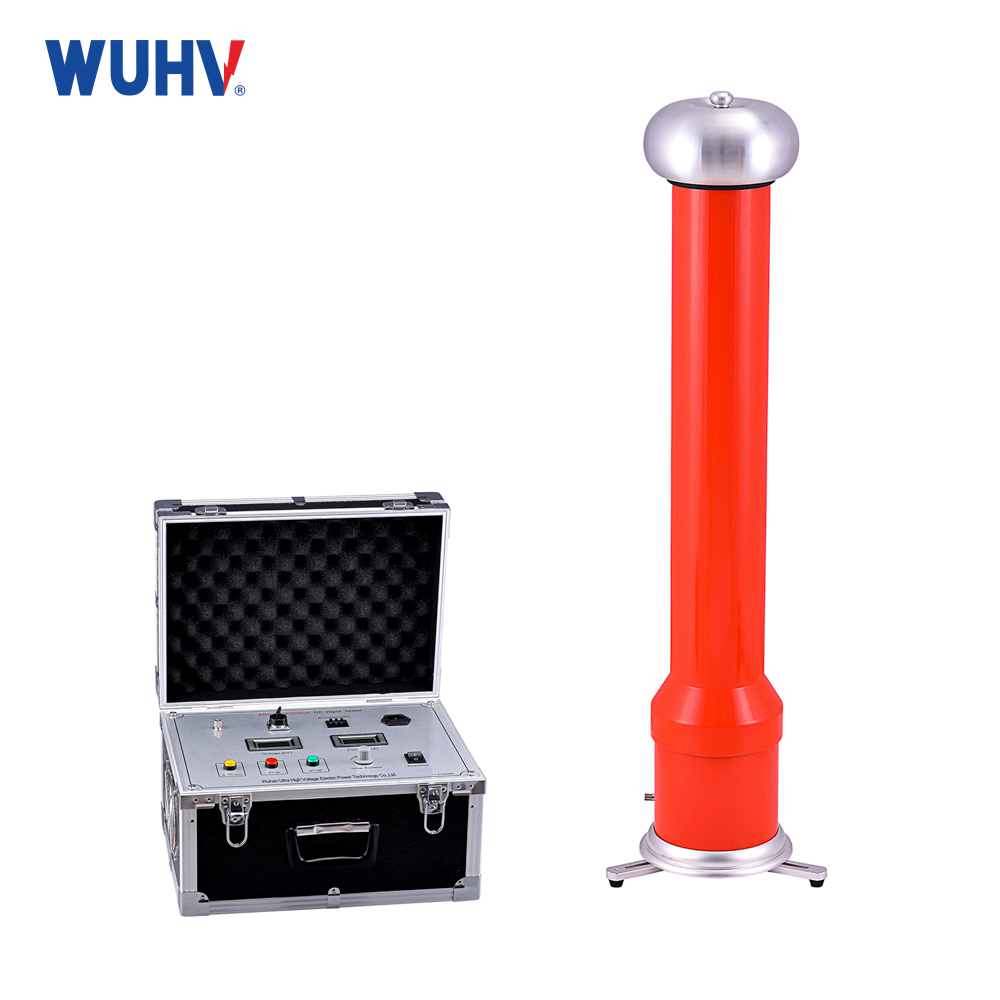The amplitude modulation control method is achieved by adjusting the output voltage Ud of the DC voltage source (inverter input) (which can be achieved by using a phase-shifting voltage regulation circuit or a filtering circuit composed of a chopper voltage regulation circuit and inductors and capacitors) to regulate the output power. The output power of the inverter is regulated by the input voltage, and the phase control between current and voltage is achieved by a phase-locked loop (PLL) to ensure a high power factor output.
The pulse density modulation method is to control the output power by controlling the pulse density, which is actually to control the time of feeding energy to the load. The control principle and basic idea of this control method are: assuming there are a total of N power regulation units, among which M power regulation units, the inverter outputs power to the load; And the remaining N-M units of inverters stop working, and the load energy gradually decays in a natural oscillation form. The output pulse density is M/N, so the output power is related to the pulse density. Therefore, by changing the pulse density, the output power can be altered.
The main advantages of pulse density modulation method are: the output frequency remains basically unchanged, the switching loss is relatively small, it is easy to achieve digital control, and it is more suitable for open-loop working environments.
The pulse frequency modulation method adjusts the output power by changing the operating frequency of the inverter, thereby changing the load output impedance.
The impedance of the load varies with the working frequency (f) of the inverter. For a constant output voltage, the larger the deviation between the operating frequency and the load resonance frequency, the higher the output impedance, and therefore the lower the output power, and vice versa.
The main disadvantage of pulse frequency modulation method is that the operating frequency constantly changes during the power regulation process, resulting in a change in skin depth. In some applications such as surface quenching, the change in skin depth can have a significant impact on the heat treatment effect, which is not allowed in demanding applications. However, due to the simplicity of implementing the pulse frequency modulation method, it can be considered for use in the following situations:
1) If the load does not have strict limitations on the operating frequency range, the frequency must be tracked, but the phase difference can exist without being in a resonant working state.
2) If the Q value of the load is high or the power regulation range is not very large, a smaller frequency deviation can meet the requirements of power regulation.
The main disadvantage of pulse density modulation method is that the frequency of the inverter output power is not completely equal to the natural resonant frequency of the load, and the working stability is poor in situations where power closed-loop is required. Due to the need to relock the operating frequency every time the system returns from the natural decay oscillation state to the output power state, the system may lose control. Therefore, in the case of power or temperature closed-loop, the stability of operation is poor. Another disadvantage is that the power regulation characteristics are not ideal, resulting in a graded power regulation method.
Resonant pulse width modulation (PWM) method
Resonant pulse width modulation is a method of adjusting power by changing the phase difference between the driving signals of two pairs of switching transistors to alter the output voltage value. In the control circuit, the driving signals of the two bridge arm switches (S1, S2) and (S3, S4) that were originally in phase are shifted by a phase angle, so that a zero voltage value is inserted between the positive and negative alternating voltages of the output. By changing the phase angle, the effective value of the output voltage can be changed, ultimately achieving the goal of adjusting the output power.
The advantage of this control method is that the power supply always operates in a resonant state and has a high power factor. But there are issues with reverse recovery of anti parallel diodes, small load problems, and soft switching implementation.
Pulse plus frequency modulation method
Regarding the advantages and disadvantages of the above control methods, research on some composite control methods is increasingly attracting attention, and pulse width plus frequency modulation method is a good control method. In general inverters, the operating frequency of the commonly used phase-shift PWM method is fixed, without considering the characteristics of the load at different operating frequencies. When using phase-shift PWM method in series resonant induction heating power supply, it is required that its operating frequency must always track the resonant frequency of the load. Usually, the driving pulse signal of one bridge arm is kept in phase with the output current, while the driving pulse signal of the other bridge arm can be adjusted in phase with the output current. In Figures 4 and 5, the driving signals of S1 and S4 are complementary, and the driving pulse signals of S2 and S3 are complementary. The phase of the driving signal of S1 remains the same as that of the load current, while the phase difference β between the driving pulse of S3 and the driving pulse signal of S1 can be adjusted within the range of 0-180. Adjusting β can adjust the duty cycle of the output voltage, that is, adjust the output power.
There are two PWM adjustment methods based on the different phase relationships between output voltage and output current: up frequency PWM and down frequency PWM.
Up conversion type
To ensure that the leading edge of the trigger signal of the lag arm (S1, S4) is in phase with the current signal, the angular frequency must be changed according to the magnitude of the phase shift angle β. By adjusting the phase shift angle β to adjust the power while changing the frequency f. During the β adjustment process, increasing the output pulse width will cause the phase of the output voltage relative to the output current to continuously decrease and lag behind the output current, indicating that the output frequency is also constantly increasing. Therefore, this modulation method is called up frequency PWM. At this point, S1 and S4 tubes are each conducting 180, achieving ZCS. The forearm S2 and S3 are turned on under high current, while D2 and D3 are turned off under high current, resulting in reverse recovery. ZCS can also be achieved by connecting inductors in series on arms S2 and S3. This method is applicable to bipolar devices with dominant tail current and turn off losses, such as IGBT, SIT, MCT, etc. At the same time, attention should be paid to reducing distributed inductance in circuit layout to minimize voltage spikes caused by diode reverse recovery.
Wuhan UHV specializes in producingseries resonance (also known as variable frequency series resonance withstand voltage device)and has been engaged in the electrical measurement industry for many years. Its products have first-class quality and welcome customers to come and purchase.


